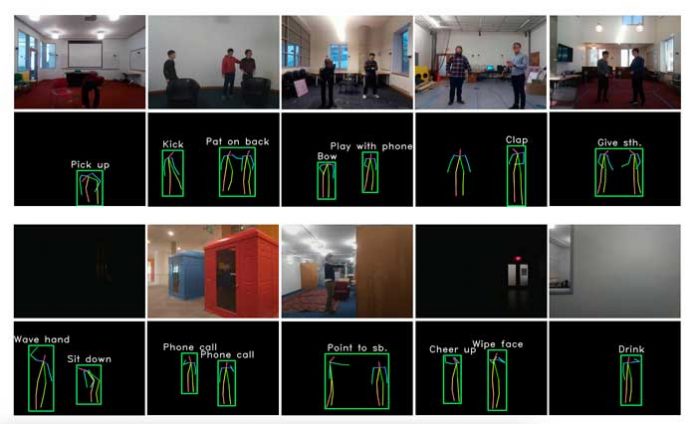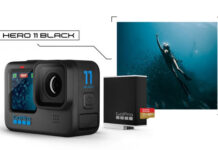The use of neural networks is becoming more common in various fields of human activity. Developers from the Massachusetts Institute of Technology are planning to use the capabilities of artificial intelligence for surveillance systems that are capable of recognizing the actions of a person behind an impenetrable obstacle, for example, behind a wall, by video recording and by scanning radio waves.
The algorithm presented by scientists has two blocks. The initial data comes from a video camera or a radio scanner to a neural network, where an animated skeletal three-dimensional model of a human body is created. Further, in the second module, the program analyzes and recognizes the most common human movements: talking on the phone, shaking hands, patting on the shoulder or exchanging objects.
When processing, the data received from the video camera, the open AlphaPose algorithm and a program that transforms flat skeletal models into three-dimensional ones were used. In case of poor lighting or the presence of an impenetrable obstacle for video cameras, radio scanners operating in the transmit-receive mode at a frequency of 5.4 to 7.2 GHz were used. Such transmitters are equipped with two antennas located in the vertical and horizontal direction. Using the reception of reflected signals, the algorithm generates three-dimensional skeleton-like models.
When training artificial intelligence, several datasets were used, which made it possible to create certain models from radio signals, and the PKU-MMD open action recognition dataset was also used.
When testing the version using radio wave scanners, the developers achieved accuracy level of 87.8% in the line of sight, which is comparable to the operation of video surveillance in normal lighting. At the same time, the radio scanner showed higher reliability than video surveillance in low light. Meanwhile, when observing with a scanner through a wall, the accuracy slightly decreased and amounted to 83%.
Such a surveillance system can be effectively used in smart home control systems, where some owners do not want to install cameras for the protection of personal space.







